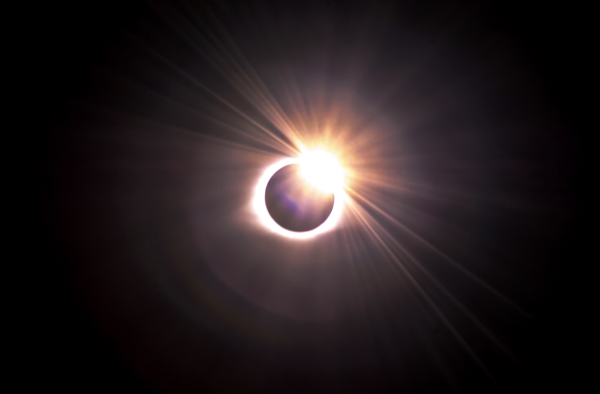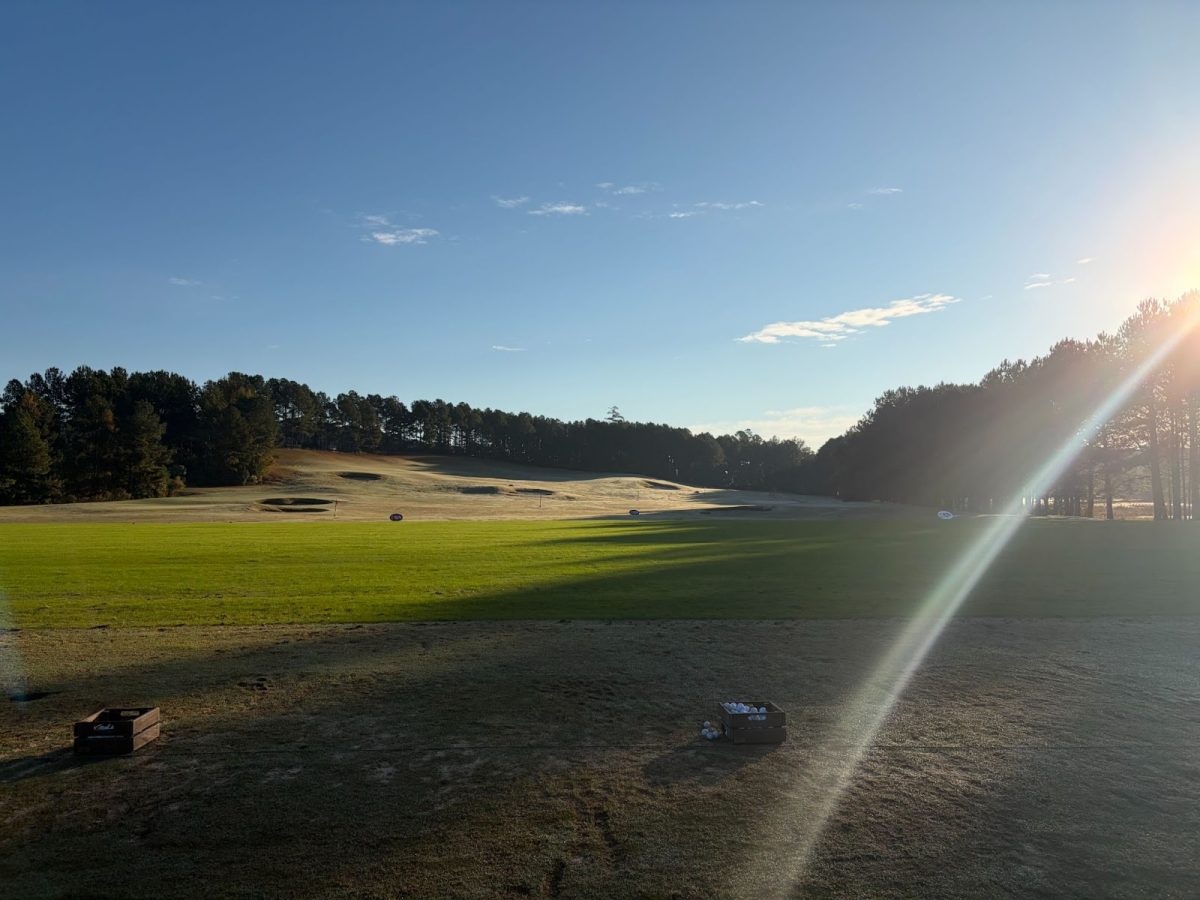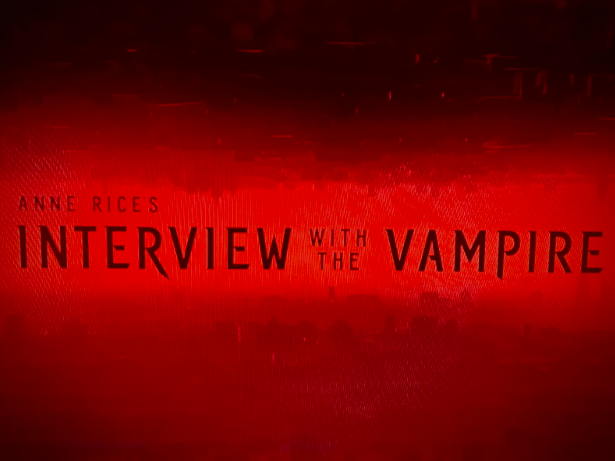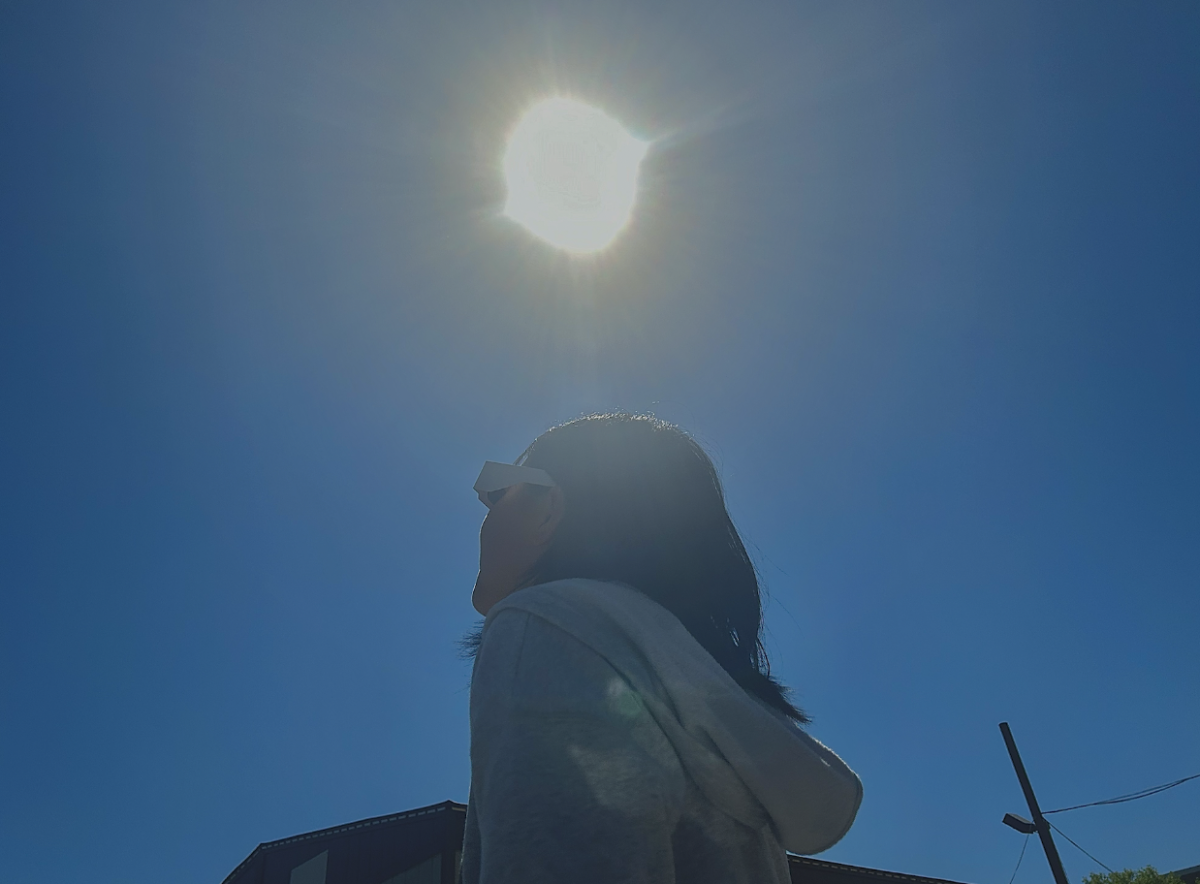In the span of several minutes, the orbital patterns of the sun and moon will align perfectly so that from Earth, the sun is completely blocked by the moon. The sky will darken, and in the sky, a glowing ring will appear – until the moon gives way to the sun once more.
On April 8, 2024, this phenomenon, called a total solar eclipse, will occur as residents in a narrow band of the Earth will see the sun completely covered by the moon. For the rest of the world, a partial eclipse will occur as the sun appears in a crescent shape in the sky.
The science of eclipses

According to NASA, a total solar eclipse occurs when the moon is in orbit between the Earth and the Sun. The shadow it creates is the eclipse that people on Earth experience. A similar phenomenon can occur on the moon when the Earth aligns perfectly with the Sun to cast a shadow. The result, viewed from Earth, is a crimson red moon that appears in the sky for several hours.
Staring directly into the sun can do irreparable damage to the corneas, however, during a total solar eclipse, viewers can remove their eclipse classes in the brief moments of complete obstruction and view the sun without any form of eye protection.
While total solar eclipses are relatively rare, annular and partial solar eclipses occur much more frequently. In these situations, the Sun is never fully covered by the moon, and it is never safe to look directly into the Sun.
Solar eclipses in history
Today, solar eclipses offer space fanatics and students alike the opportunity to study a rare occurrence in planetary science. However, it also played a critical role in numerous scientific developments. Physicist Albert Einstein’s theory of general relativity was validated during a solar eclipse by Sir Arthur Eddington in 1919.
Geological records reveal that past civilizations were equally fascinated by eclipses through the way they drew images of the sun’s activity. Such information helps scientists today understand how many American Indian cultures understood and studied the Sun.
Solar eclipse experiences are also considered a pastime for some. Known as “eclipse chasers,” some viewers are willing to drive hours, book plane flights and take time from work to travel and experience these eclipses. When the path of totality falls near cities with large populations, families often flock to the path on day-long trips for a chance to engage in a passion for astronomy, exploration and science.
Safely enjoying the eclipse
Enjoying solar eclipses is an activity that many, even those without advanced science degrees, can experience. However, protecting eyes from solar damage is important.
Observing the sun through a camera lens, telescope or other medium is as dangerous as looking directly at it. Long-term exposure can cause severe eye injury.
Using sunglasses or eyeglasses are not sufficient protection from the sun, and the only recommended for of protection that exists currently are “eclipse glasses.” The lens of these glasses are thousands of times darker and must pass an ISO inspection. Scratched or torn glasses should be discarded and are not safe for viewing the sun.
As the solar eclipse approaches, it presents an exciting chance to combine science, astronomy and human curiosity by viewing a phenomenon that many anticipate. Whether people are fascinated by eclipses due to centuries of historical and scientific significance, or possibly just their uniqueness, eclipses offer an enriching encounter with a rare occurrence. In fact, Americans won’t be in the path of totality of another solar eclipse until 2044.
















































































